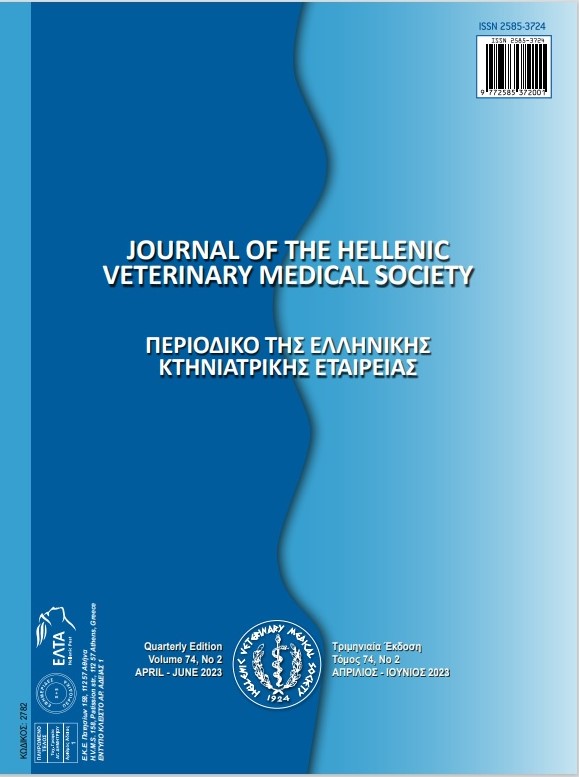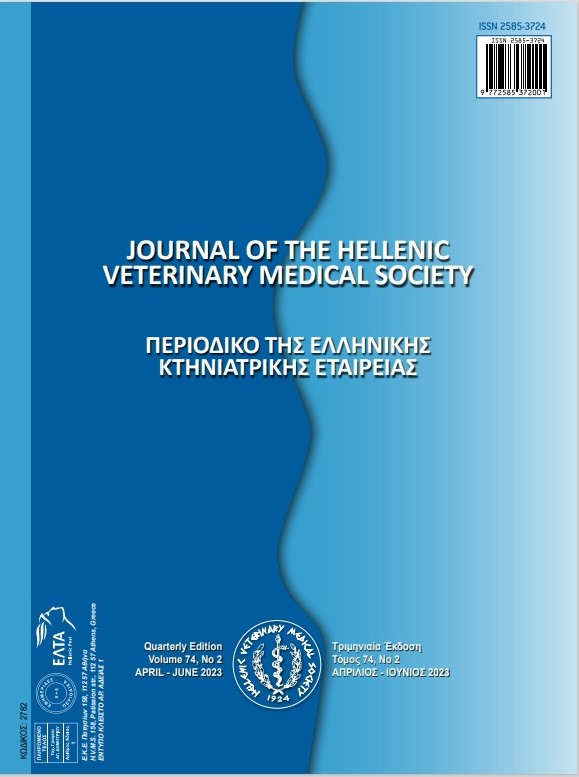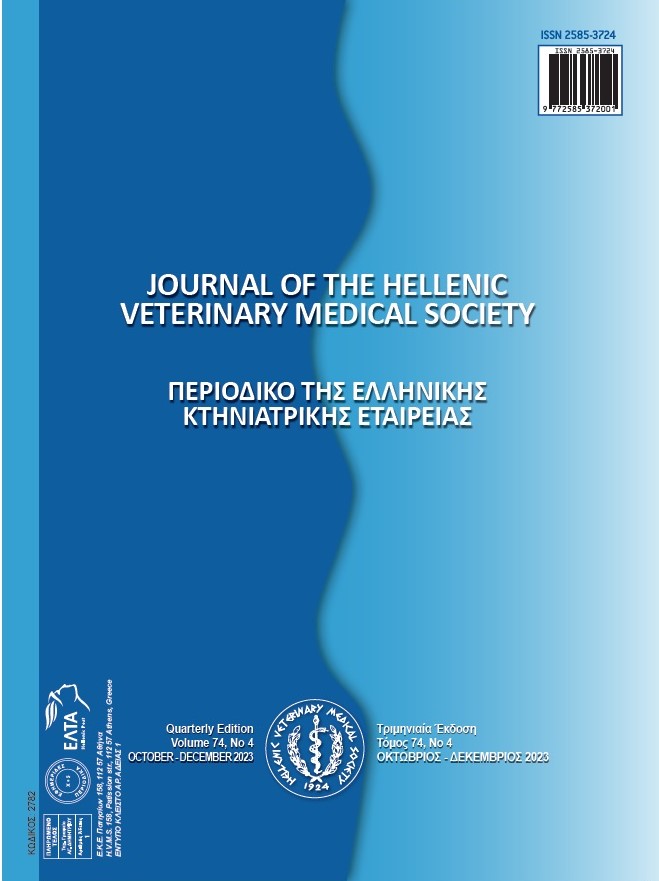The first case of Co-infection of Sacbrood virus and Varroa destructor virus-1 in honey bees (Apis mellifera L., 1758)

Περίληψη
Viral infections can occur at all developmental stages of honey bees and are of great concern for the beekeeping industry as they cause significant economic losses in beehives. The aim of this study is to investigate sudden bee mortalities and colony losses in a beekeeping facility. In 2022, high levels of bee mortality were observed in an apiculture facility in Kırıkhan district of Hatay province. In order to determine the cause of bee mortality, adult worker bee samples (n = 50) with clinical symptoms were collected from hives within the facility. Collected bee samples were processed for RNA extraction. One step real time RT-PCR methods were applied for the detection of Sacbrood virus (SBV) and Varroa destructor virus-1 (VDV-1). The one step real time RT-PCR analysis revealed the presence of mixed infection with SBV and VDV-1 viruses in the facility. As far as we know, this study is the first report of a mixed infection of SBV and VDV-1 in honey bees. Additional comprehensive studies are needed to better understand the epidemiology of mixed infections caused by viruses in honey bees.
Λεπτομέρειες άρθρου
- Πώς να δημιουργήσετε Αναφορές
-
Zerek, A., Şevik, M., Erdem, I., & Yaman, M. (2025). The first case of Co-infection of Sacbrood virus and Varroa destructor virus-1 in honey bees (Apis mellifera L., 1758). Περιοδικό της Ελληνικής Κτηνιατρικής Εταιρείας, 76(2), 9385–9390. https://doi.org/10.12681/jhvms.36354 (Original work published 5 Ιούλιος 2025)
- Τεύχος
- Τόμ. 76 Αρ. 2 (2025)
- Ενότητα
- Case Report

Αυτή η εργασία είναι αδειοδοτημένη υπό το CC Αναφορά Δημιουργού – Μη Εμπορική Χρήση 4.0.
Οι συγγραφείς των άρθρων που δημοσιεύονται στο περιοδικό διατηρούν τα δικαιώματα πνευματικής ιδιοκτησίας επί των άρθρων τους, δίνοντας στο περιοδικό το δικαίωμα της πρώτης δημοσίευσης.
Άρθρα που δημοσιεύονται στο περιοδικό διατίθενται με άδεια Creative Commons 4.0 Non Commercial και σύμφωνα με την άδεια μπορούν να χρησιμοποιούνται ελεύθερα, με αναφορά στο/στη συγγραφέα και στην πρώτη δημοσίευση για μη κερδοσκοπικούς σκοπούς.
Οι συγγραφείς μπορούν να καταθέσουν το άρθρο σε ιδρυματικό ή άλλο αποθετήριο ή/και να το δημοσιεύσουν σε άλλη έκδοση, με υποχρεωτική την αναφορά πρώτης δημοσίευσης στο J Hellenic Vet Med Soc
Οι συγγραφείς ενθαρρύνονται να καταθέσουν σε αποθετήριο ή να δημοσιεύσουν την εργασία τους στο διαδίκτυο πριν ή κατά τη διαδικασία υποβολής και αξιολόγησής της.





